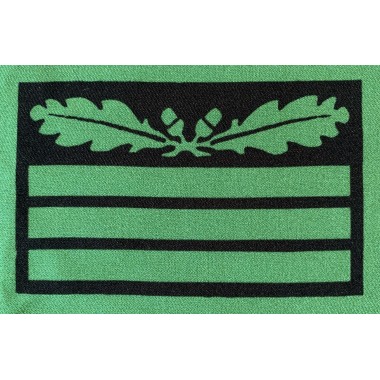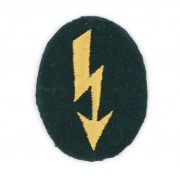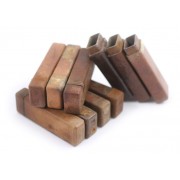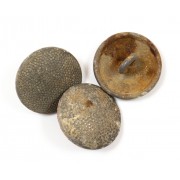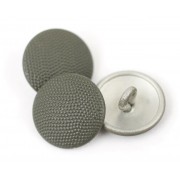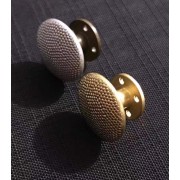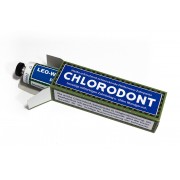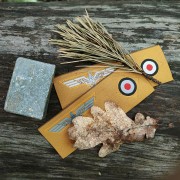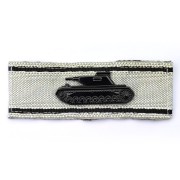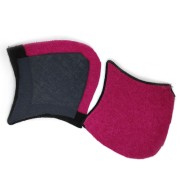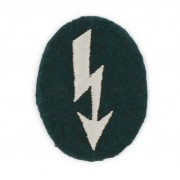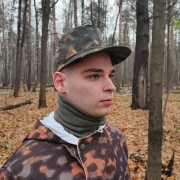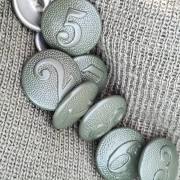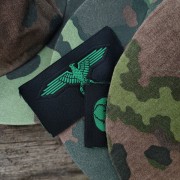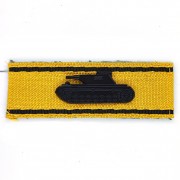Description
Insiania is made on viscose fabric. The combination of stripes and leaflets determines the rank. A very good quality. Patches can withstand many washings without losing color.
We have made patches for all ranks, except generals (you need to choose rank before buying). If it is impossible to choose a variant near "Add to cart" button, then such variant have already been sold out. The price is for one piece (if you need a set for both shoulders, please take 2 pcs.).
| Image | Heer rank | Waffen-SS rank | Correspondence |
 | Unteroffizier | SS-Unterscharführer | |
 | Unterfeldwebel | SS-Scharführer | Lance Sergeant |
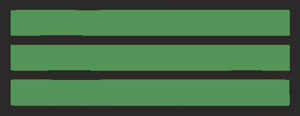 | Feldwebel | SS-Oberscharführer | Sergeant |
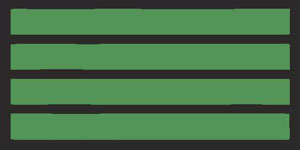 | Oberfedwebel | SS-Hauptscharführer | Staff Sergeant |
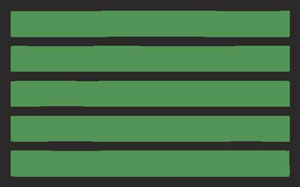 | Stabsfeldwebel | SS-Sturmscharführer | Sergeant major |
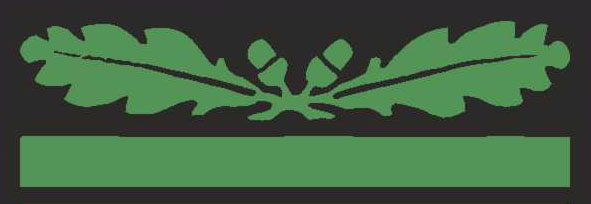 | Leutnant | SS-Untersturmführer | Lieutenant |
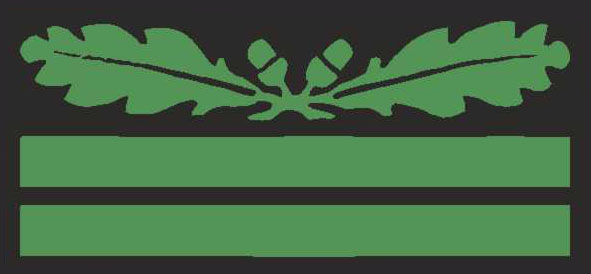 | Oberleutnant | SS-Obersturmführer | Senior lieutenant |
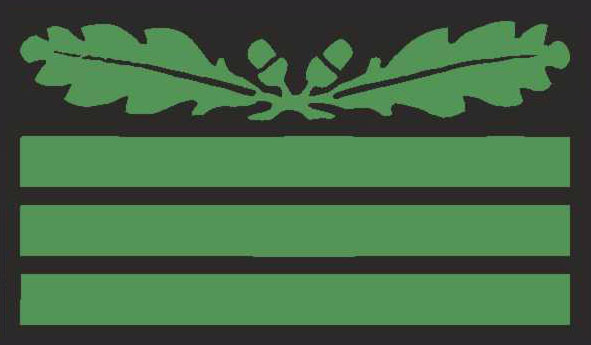 | Hauptmann | SS-Hauptsturmführer | Captain |
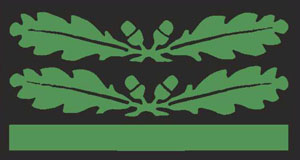 | Major | SS-Sturmbannführer | Major |
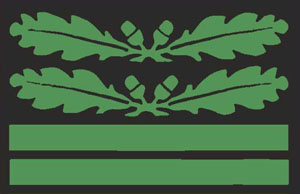 | Oberstleutnant | SS-Obersturmbannführer | Lieutenant colonel |
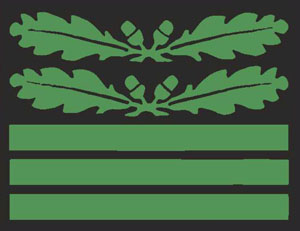 | Oberst | Standartenführer | Colonel |
Where and how to sew?
The patches were worn on both sleeves of clothing at the level of senior soldiers' (between the shoulder and elbow, at least 15 cm down from the shoulder seam). Some internet sources write that the patches were worn only on the left sleeve, but this is most likely a misconception. In the photo below you can see that they are found on both the left and right, and on both sleeves at the same time. Similar patches existed in the Luftwaffe, and they were paired.
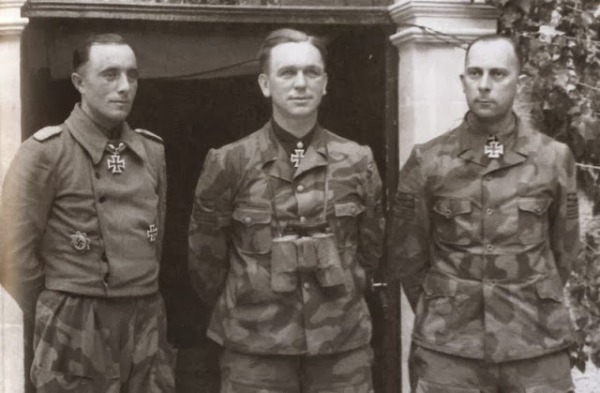
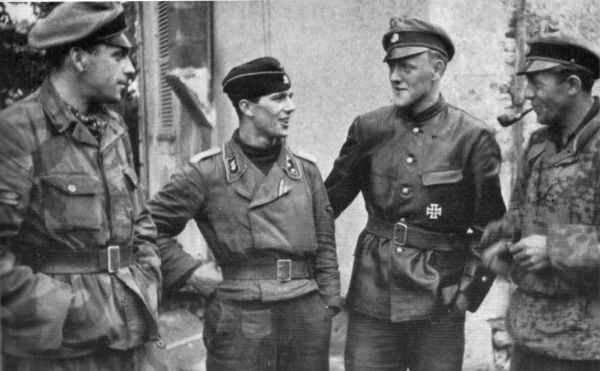
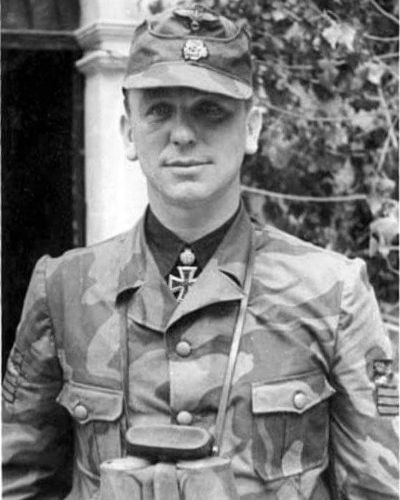
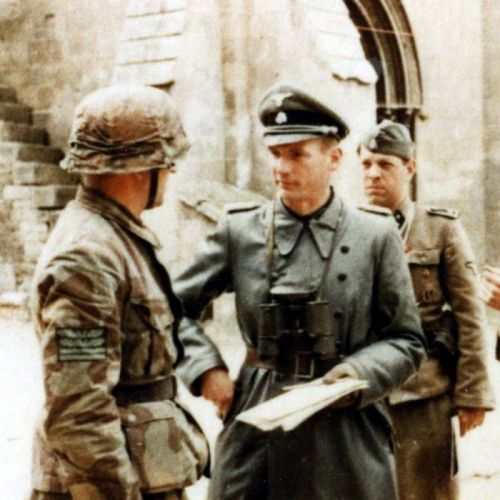
Original photos showing the wearing of signs on both sleeves (or at least on the right too). In two photos you can see Kurt Adolf Wilhelm Meyer — a famous German tanker and commander (in the Leibstandarte Adolf Hitler, Hitlerjugend divisions), knight cross with oak leaves (at the time of shooting). Photos are quite common on the Internet.
The sign is sewn around the perimeter, turning the edge of the edge under the patch. These signs were not sewn at the factory (there are no uniforms in large quantities with such signs), which means that they were sewn by hand and, if possible, by the tailor on a sewing machine.
In order to tuck the edges evenly, you need to turn them with an iron along a metal ruler. To fix the edges when folded (so that they do not interfere with sewing), you can use the "cobweb" (dry adhesive material that glues when ironed) or glue (PVA or universal glue — but with great care, since the glue is easily absorbed and may leave spots on the front side) . The viscose base is rather sluggish, sew it evenly, you can fix it on the sleeve to the "cobweb", iron it, and then sew it around the edge.
Historical reference.
Signs for camouflage uniforms appeared in the second half of 1942 along with winter clothes and camouflage anoraks. New types of clothes hid the standard insignia (epaulets, buttonholes), but the need to determine the rank remained. The new signs were made quite visible and understandable, but with an adequate color for camouflage clothing (grassy green for all but the generals, they were distinguished by a golden yellow color).
The vast majority of such signs were made using viscose staining. For SS only this method. In general, a huge number of ribbons were made by dyeing for various auxiliary services, railway services, security, Volkssturm, etc. Everything that was supposed to be more beautiful was woven using BeVo technology. Embroidery after the outbreak of war was very limited for economic reasons.

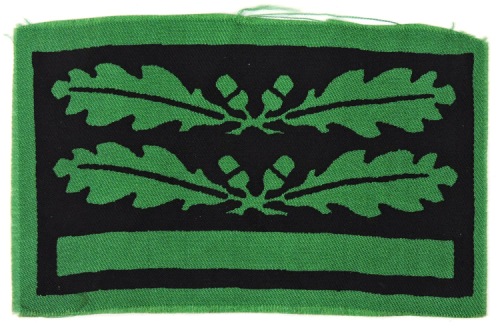
Original signs (dyed fabric). Photo from the site germanmilitaria.com.
There are copies made by embroidery on cloth. Only the very first signs were made by this method. Embroidery is a very expensive way compared to dyeing fabric, so the Germans quickly changed the manufacturing method to dyeing (more affordable) viscose. Moreover, the strips on modern copies are usually embroidered, like the leaves... But the originals had only leaves embroidered, and the strips were a tape sewn along the edge to the substrate. Therefore, an embroidered copy will most likely not be true.
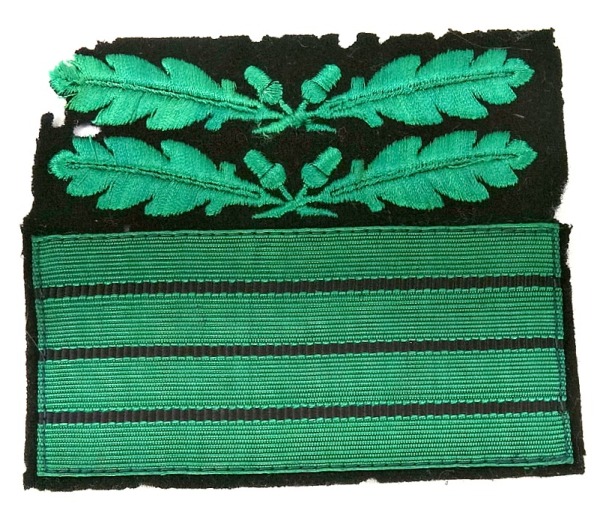
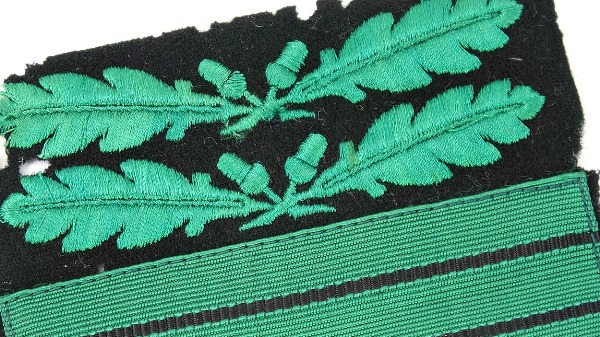
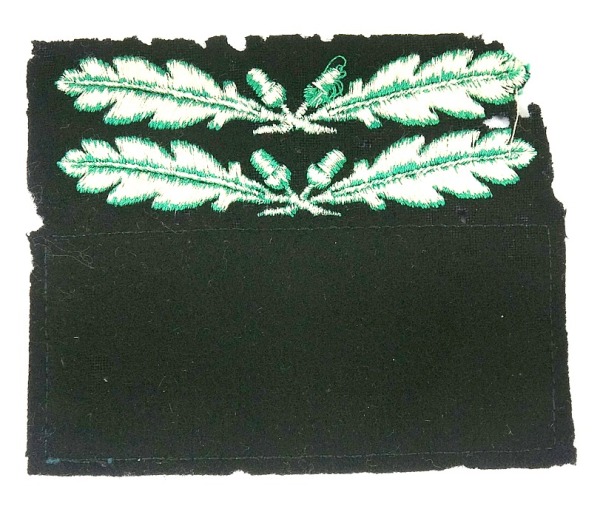
Original signs of early issue (cloth, embroidery, woven tape). The photo of the wrong side clearly shows that the strips are not embroidered, but made of a piece of woven tape, which at the same time forms all 4 strips at once. Photo from the site wwiidaggers.com.
For SS, such insignias were made only by viscose dyeing. A huge number of arm- and sleevebands were made by dyeing for various auxiliary services, railway workers, security, Volkssturm, etc. Everything that was supposed to be more beautiful was woven using BeVo technology. Embroidery after the outbreak of war was very limited for economic reasons.
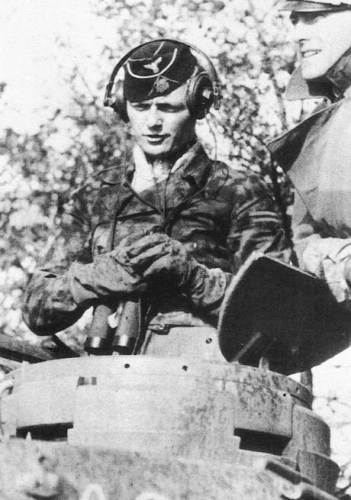
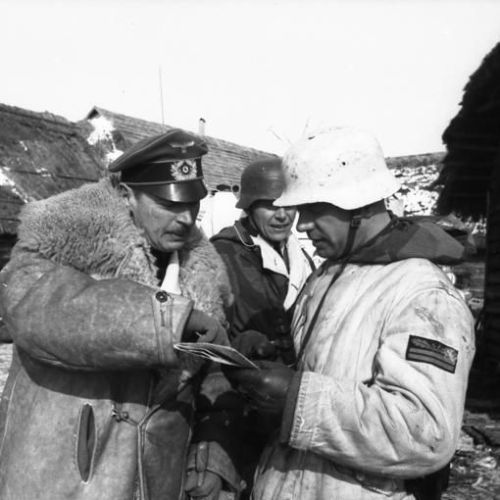
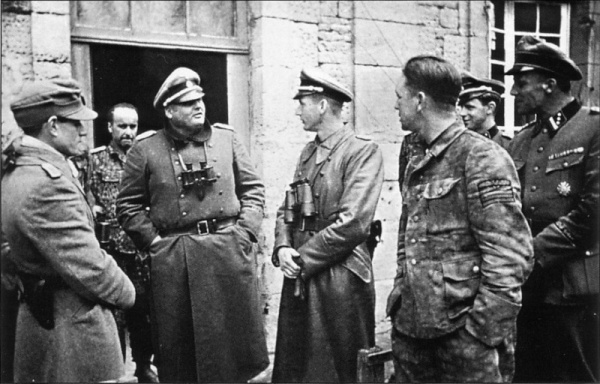
Original photos showing the wearing of signs in the Wehrmacht and SS. In the first photo, the tanker is (judging by the signs on the sleeve) just an Unter-Feldwebel, but wears an officer side-cap. Photos are quite common on the Internet.
Here is an incomplete list of uniforms that were allowed to wear such insignia:
Winter suits (Winteranzügen),
White camo capes (Schneeanzügen),
Windjackets (Windblusen),
Fur coats (Nachtpelzen),
Various working, training and camouflage overalls, suits, including for tankers, anti-aircraft gun personnel, motorized reconnaissance (Drillichschutzanzügen),
Tropical shirts (Tropen-hemden).
The signs were used by all ranks, but mainly those who were at least some commanders (tank commander, artillery crew commander, squad leader, etc.).
The historical reference was prepared using materials from the websites feldgrau.info, wehrmacht-awards.com, weitze.com.










